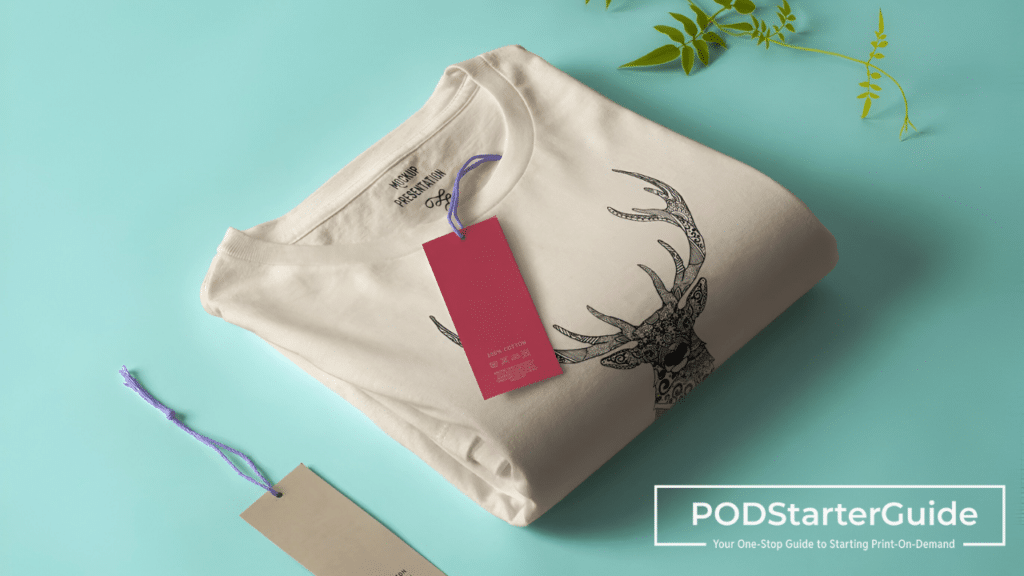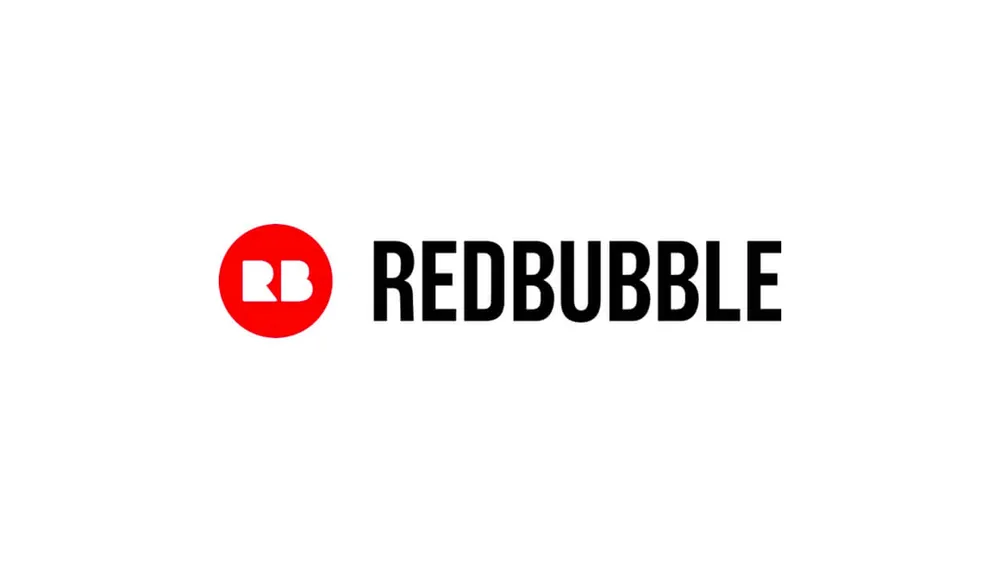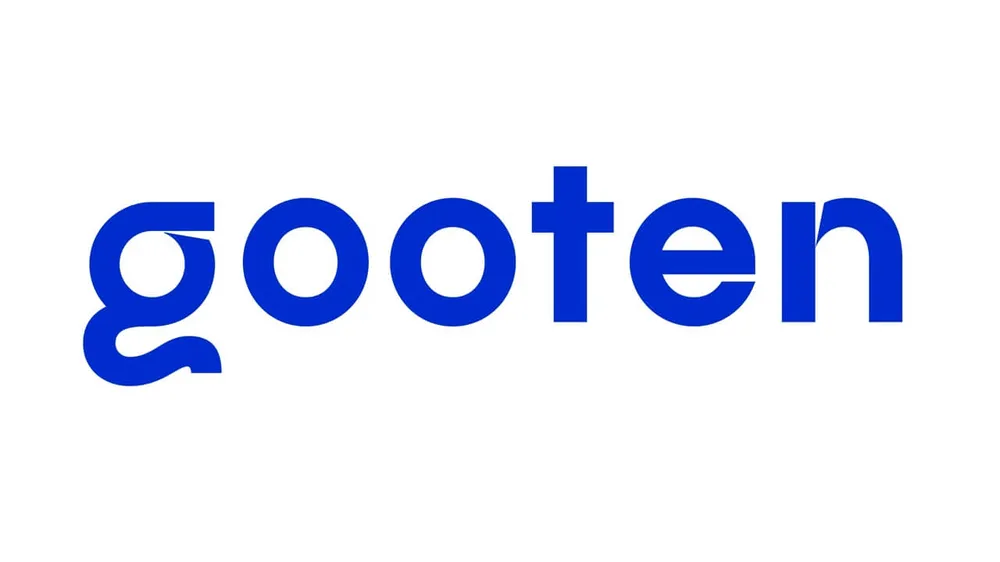
Picking the right Print on Demand in 2025 could make or break your business. I remember when I first started in POD, I thought I could just choose any site, slap on a design, and boom – instant success, Spoiler: that didn’t happen. After a bit of trial and error (and let’s be honest, a lot of late-night Googling), I learned that the platform you choose can dramatically affect your sales, profits, and even customer experience. So, let’s break down what makes the best print on demand sites in 2025 worth your time and how you can pick the one that suits your business.
When deciding on a POD platform, there’s a lot to consider. Sure, they all let you upload designs and sell products, but the finer details make a massive difference. So, what should you keep an eye out for?
Alright, now that you know what to look for, let’s dive into the best print on demand sites for 2025. These platforms have made a name for themselves for various reasons, so which one’s right for you?
| POD Platform | Product Variety | Integrations | Shipping | Customization/ Branding | Marketplace | Best For |
| Printful | Apparel, accessories, home goods, embroidery | Shopify, Etsy, WooCommerce, Amazon, eBay | Global fulfillment centers in 5 regions | Custom branding (labels, inserts, packaging) | No built-in marketplace | Premium-quality products and custom branding, ideal for growing a branded store |
| Printify | Wide range (apparel, accessories, home decor) | Shopify, Etsy, WooCommerce, eBay, BigCommerce | Global network of suppliers | Custom branding options | No built-in marketplace | Sellers wanting low-cost products with wide variety and Custom Branding |
| Amazon Merch on Demand | Primarily apparel (t-shirts, hoodies) | None (Amazon marketplace) | Fulfilled by Amazon, fast global shipping | No branding options | Amazon’s massive marketplace | Sellers wanting the exposure of Amazon’s huge audience, primarily for apparel |
| Redbubble | Apparel, stickers, wall art, home decor | None (standalone marketplace) | Ships worldwide | No branding options | Large built-in marketplace | Artists and designers looking for a wide audience |
| Society6 | Art, home decor, furniture, lifestyle products | None (standalone marketplace) | Ships to most countries | No branding options | Niche marketplace for art and home decor | Artists focused on unique designs and high-quality home decor |
| Zazzle | Apparel, accessories, invitations, home goods | None (standalone marketplace) | Ships globally, with express shipping options | Customization available for product designs | Large built-in marketplace | Sellers wanting highly customizable products (especially for events, weddings) |
| Gelato | Apparel, wall art, stationery | Shopify, Etsy, WooCommerce, BigCommerce | Local production in 34 countries | Limited branding options | No built-in marketplace | Global sellers needing fast shipping via local fulfillment |
| TeePublic | Apparel, stickers, phone cases | None (standalone marketplace) | Ships internationally | No branding options | Large built-in marketplace | Artists focusing on selling casual products like t-shirts and accessories |
| Spreadshirt | Apparel, accessories, stickers | Shopify, WooCommerce, BigCommerce | Ships globally | Some branding options (customized labels) | Built-in marketplace | Sellers looking for print-on-demand apparel with some branding flexibility |
| Gooten | Apparel, home decor, accessories | Shopify, Etsy, WooCommerce | Global shipping, variable by supplier | Limited branding options | No built-in marketplace | Businesses seeking flexible, varied product choices with multiple suppliers |

Printful is one of the most well-known and trusted print-on-demand platforms, widely praised for its quality products, extensive integrations, and excellent customer service. It offers a wide variety of products, making it a go-to option for both beginner and experienced POD sellers.
Best For: Sellers who want high-quality products with a strong focus on brand customization and seamless integration with e-commerce platforms.

Printify is a popular print-on-demand service known for its wide variety of products and global network of print providers. This gives users more flexibility in terms of pricing, product selection, and shipping locations.
Best For: Sellers who want a large product catalog, flexibility with suppliers, and seamless integration with e-commerce platforms.

As part of the Amazon ecosystem, Merch on Demand allows sellers to list their designs directly on Amazon, leveraging its massive customer base.
Best For: Sellers who want to reach a massive audience and focus primarily on apparel products.

Redbubble is a marketplace that allows artists and creators to sell their designs on a wide range of products. It’s one of the most popular platforms for artists, with a strong focus on unique, creative designs.
Best For: Artists and designers looking for an easy way to sell their artwork with little hands-on management.

Similar to Redbubble, Society6 is another platform designed for artists, focusing on high-quality art prints and home decor.
Best For: Artists and designers focused on premium, home decor products who want high-quality items for their customers.

Zazzle is unique in the print-on-demand space because it offers both product customization for customers and a vast range of product categories.
Best For: Sellers who want to offer highly customizable products with a wide selection of product categories.

Gelato stands out for its global approach to print on demand, offering localized production in over 30 countries. This means faster shipping times and potentially lower costs for international customers.
Best For: Sellers targeting a global audience and looking for fast shipping options with an environmentally-friendly twist.

TeePublic, now owned by Redbubble, focuses primarily on apparel, especially graphic t-shirts, hoodies, and other clothing items. It’s great for artists and designers specializing in clothing.
Best For: Artists focusing on apparel, especially t-shirts and hoodies, who want a simple, hands-off platform with marketplace exposure.
Spreadshirt is another well-established print-on-demand platform, mainly focusing on custom apparel.
Best For: Sellers who want to focus on custom apparel with the option for customer personalization.

Gooten is a bit less well-known but offers many of the same benefits as Printify, particularly with its wide range of products and flexible supplier network.
Best For: Sellers looking for flexibility with suppliers and products, especially those who want a variety of items beyond just apparel.
So, how do you pick the best print on demand site in 2025 for your business? Well, it depends on several factors, including what products you want to sell, where your audience is, and how much customization you need.
Here’s what you should consider:
At the end of the day, the best print on demand sites will depend on what you want to achieve. Don’t be afraid to test out a couple of different platforms to see what works best for your designs and target audience.
Also Read How to Find a Niche for Print on Demand Complete Guide
Choosing the best print on demand sites in 2025 can make or break your business. Whether you’re looking for seamless integration with your e-commerce store, premium product quality, or global shipping options, there’s a POD platform out there that fits your needs. Start by considering your goals, the type of products you want to sell, and the audience you’re targeting.
Don’t forget to try PodCs for niche research and competitor spying—because let’s face it, staying ahead of trends and spying on your competition is half the battle. Get started for free using this link.
Honestly, if you’re just starting out, Printify or Printful are your best bets. Both are super beginner-friendly, offer easy integration with popular platforms like Shopify and Etsy, and give you a good variety of products to play around with. Printify is a bit more budget-friendly, while Printful’s got the high-quality stuff if you’re looking to build a premium brand.
Oh, absolutely, tons of people are making money with POD, especially as online shopping continues to grow. The trick is choosing the right platform, finding a solid niche, and staying on top of trends. And don’t forget about profit margins—sites like Printify and Gooten offer good margins, but it all depends on how you price your products.
If fast shipping is your top priority, Gelato or Printful are solid picks. Gelato uses local suppliers in over 30 countries, so your products can reach customers quickly, especially in Europe. Printful also has multiple fulfillment centers around the world, which helps with speedier delivery.
Many sellers use several POD platforms to maximize their reach. For example, you can list your designs on Redbubble, Amazon Merch on Demand or TeePublic for the built-in audience, while also using Printful or Printify to integrate with your own Shopify or Etsy store. It’s all about spreading your designs to as many eyeballs as possible.
That’s gotta be Printful. Their products are known for being top-notch in terms of print quality and materials. You’ll pay a little more, but your customers will love the premium feel—and you can charge higher prices to match that quality.
Most print-on-demand platforms handle customer service when it comes to printing and shipping issues, but you’ll be on the hook for any store-related questions. If your customers have issues with their orders, Printful and Gooten are pretty responsive. Just make sure you’re checking in regularly to keep everyone happy.
Yes and no. If you’re just testing the waters, branding may not be your top concern. But if you’re building a business for the long haul, sites like Printful (with its custom packaging and branding options) are perfect for helping you create a cohesive, professional brand experience.
Oh yeah, it’s pretty common to start on one platform and switch later on. Maybe you start on TeePublic for its ease of use and built-in marketplace, but later decide to open your own Shopify store with Printful for better control and branding. It’s all about testing what works best for your biz.
If you’re looking for a site with a huge audience, Amazon Merch on Demand, Redbubble, Society6, and TeePublic are your best options. They already have tons of visitors searching for unique products, so you won’t need to hustle as hard for traffic compared to building your own store from scratch.
It really depends on what you’re looking to sell, who your audience is, and how much control you want. If you’re all about branding and premium products, go with Printful. Want a lower cost? Printify’s your guy. And if you’re more of an artist looking to showcase designs to an existing audience, try Redbubble or Society6. The good news is, you can always switch things up.